Home>Gardening & Outdoor>Landscaping Ideas>What Does Straw Do For Grass Seed
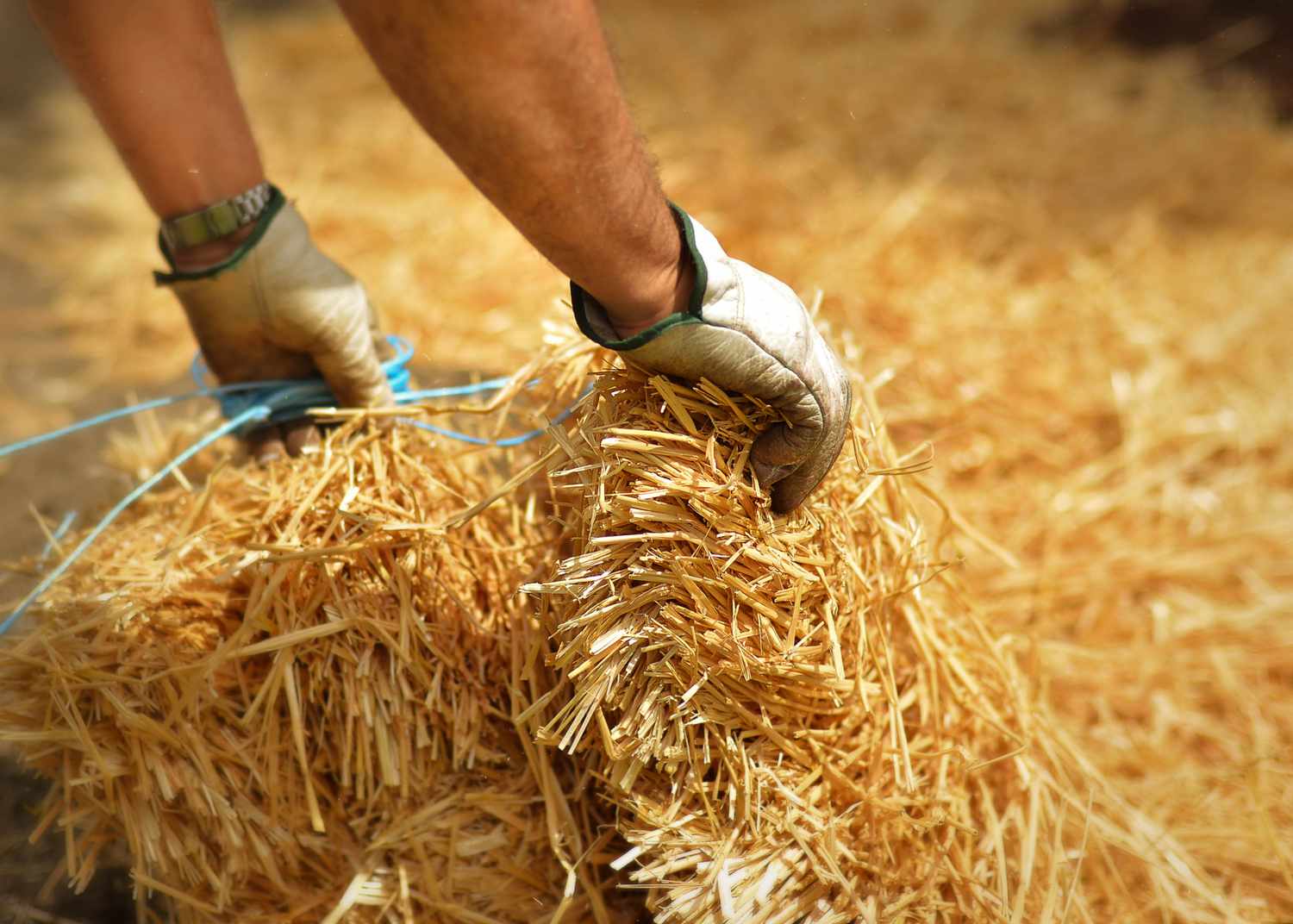

Landscaping Ideas
What Does Straw Do For Grass Seed
Modified: October 18, 2024
Discover the benefits of using straw for grass seed in landscaping ideas. Learn how straw can help improve the growth of your grass seed.
(Many of the links in this article redirect to a specific reviewed product. Your purchase of these products through affiliate links helps to generate commission for Storables.com, at no extra cost. Learn more)
Introduction
When it comes to nurturing a lush, vibrant lawn, the process of seeding grass is a crucial step in achieving the desired results. However, simply scattering grass seed over the soil is not always sufficient to ensure successful germination and growth. This is where the use of straw comes into play as a valuable aid in promoting the health and vitality of newly sown grass seed.
Straw serves as a protective blanket for grass seed, shielding it from the harsh elements and providing an optimal environment for germination. Its ability to retain moisture is particularly beneficial, as it helps to prevent the seeds from drying out and facilitates the germination process. Additionally, straw acts as a barrier against erosion, safeguarding the delicate seeds from being displaced by wind or water.
In essence, the incorporation of straw in the seeding process serves as a nurturing cocoon for the grass seed, fostering the ideal conditions for robust growth. By understanding the benefits of straw for grass seed, as well as the best practices for its application, individuals can significantly enhance the success of their lawn seeding endeavors.
Key Takeaways:
- Straw helps grass seeds grow by keeping them moist, protecting them from erosion, and controlling temperature. It’s like a cozy blanket for the seeds, helping them grow strong and healthy.
- Using the right type and amount of straw with grass seeds is important. It’s like choosing the perfect outfit for the seeds to thrive and grow into a beautiful, lush lawn.
Read more: What Does A Seed Do
Benefits of Straw for Grass Seed
The use of straw in conjunction with grass seed offers a multitude of benefits that contribute to the overall success of the seeding process. Understanding these advantages can provide valuable insight into the significance of incorporating straw into lawn care practices.
-
Moisture Retention: Straw acts as a protective layer that helps retain moisture in the soil, creating an optimal environment for grass seed germination. By preventing rapid evaporation, the straw ensures that the seeds remain consistently moist, which is essential for successful germination and early growth.
-
Erosion Control: One of the key benefits of straw for grass seed is its ability to mitigate soil erosion. By forming a protective barrier over the seeded area, straw helps prevent soil displacement caused by wind or water, safeguarding the delicate seeds and promoting a stable growing environment.
-
Temperature Regulation: During the germination process, maintaining an ideal soil temperature is crucial for the successful establishment of grass seed. Straw provides insulation that helps moderate soil temperature, protecting the seeds from extreme fluctuations and creating a conducive environment for healthy growth.
-
Protection from External Factors: Straw serves as a shield against external elements that can impede the germination and growth of grass seed. It provides a protective barrier against birds, which may otherwise consume the seeds, as well as potential damage from heavy rainfall or intense sunlight.
-
Enhanced Seed-to-Soil Contact: By creating a uniform surface over the seeded area, straw facilitates improved seed-to-soil contact, which is essential for successful germination. This close contact promotes efficient nutrient absorption and root development, ultimately leading to stronger, healthier grass growth.
-
Weed Suppression: When applied correctly, straw can help suppress weed growth by creating a physical barrier that inhibits weed seeds from reaching the soil and germinating. This contributes to a cleaner, more uniform lawn as the grass seedlings establish themselves.
Incorporating straw into the grass seeding process offers a range of benefits that are instrumental in promoting successful germination and robust growth. By harnessing the protective and nurturing properties of straw, individuals can significantly enhance the outcomes of their lawn seeding endeavors, ultimately leading to the establishment of a healthy, vibrant lawn.
How to Use Straw with Grass Seed
When incorporating straw with grass seed, it is essential to follow a systematic approach to ensure optimal results. The process of using straw in conjunction with grass seed involves several key steps that are instrumental in creating an environment conducive to successful germination and growth.
-
Prepare the Seeded Area: Before applying straw, it is crucial to prepare the seeded area by raking the soil to create a smooth and level surface. This helps to ensure uniform coverage and proper seed-to-soil contact, which is essential for successful germination.
-
Evenly Distribute Grass Seed: Carefully distribute the grass seed over the prepared soil, following the recommended seeding rate for the specific grass species being planted. Even distribution is vital to promote uniform growth and prevent overcrowding of seedlings.
-
Apply a Thin Layer of Straw: Once the grass seed has been evenly distributed, apply a thin layer of straw over the seeded area. It is important to avoid using excessive amounts of straw, as this can hinder seed germination and impede the growth of emerging seedlings.
-
Water the Seeded Area: After applying the straw, gently water the seeded area to moisten the straw and promote initial seed germination. It is essential to maintain consistent moisture levels in the soil to support the germination process.
-
Monitor Moisture Levels: Regularly monitor the moisture levels in the seeded area to ensure that the soil remains adequately moist. The straw helps retain moisture, but additional watering may be necessary, especially during dry or windy conditions.
-
Inspect for Germination: As the grass seed begins to germinate, carefully monitor the seeded area for signs of growth. Once the grass seedlings have emerged and established a strong root system, the straw can be gradually removed to allow for unhindered growth.
By following these steps, individuals can effectively use straw in conjunction with grass seed to create an optimal environment for successful germination and healthy growth. The careful application of straw, combined with proper soil preparation and moisture management, plays a pivotal role in nurturing the development of a vibrant and resilient lawn.
Types of Straw for Grass Seed
When considering the types of straw to use in conjunction with grass seed, it is essential to select a variety that aligns with the specific needs of the seeding process. Different types of straw offer distinct characteristics and benefits, making it crucial to make an informed choice based on the unique requirements of the lawn and the desired outcomes. Here are some common types of straw that are well-suited for use with grass seed:
-
Wheat Straw:
- Wheat straw is a popular choice for mulching and protecting newly seeded areas. It is known for its light golden color and fine texture, which allows for even distribution over the seeded soil. Wheat straw is effective in retaining moisture and providing insulation, creating a favorable environment for grass seed germination.
-
Barley Straw:
- Barley straw is another viable option for use with grass seed. It is prized for its durability and ability to form a protective barrier over the soil. Barley straw is particularly effective in erosion control, making it an ideal choice for areas prone to soil displacement.
-
Rye Straw:
- Rye straw is valued for its resilience and ability to withstand varying weather conditions. It is an excellent choice for areas with high wind exposure, as it offers reliable protection against soil erosion and helps maintain moisture levels essential for seed germination.
-
Rice Straw:
- Rice straw is known for its fine texture and high water retention capabilities. It is particularly beneficial in retaining moisture in the soil, making it an excellent choice for regions with arid or dry climates. Additionally, rice straw decomposes relatively slowly, providing long-lasting protection for the grass seed.
-
Oat Straw:
- Oat straw is recognized for its rich golden hue and moderate texture. It is an excellent choice for enhancing soil insulation and moisture retention, creating an optimal environment for grass seed germination. Oat straw is also valued for its ability to suppress weed growth, contributing to the establishment of a healthy lawn.
When selecting the most suitable type of straw for grass seed, it is important to consider factors such as climate, soil conditions, and the specific needs of the grass species being seeded. By choosing the appropriate type of straw, individuals can effectively harness its protective and nurturing properties to promote successful germination and the establishment of a vibrant, resilient lawn.
Precautions When Using Straw with Grass Seed
When utilizing straw in conjunction with grass seed, it is essential to exercise caution and adhere to certain precautions to ensure the optimal outcome of the seeding process. While straw offers numerous benefits for promoting successful germination and growth, overlooking key precautions can potentially hinder the desired results. By being mindful of these precautions, individuals can effectively mitigate potential challenges and maximize the effectiveness of straw in nurturing the development of a healthy, vibrant lawn.
Read more: What Does Sweetgrass Do
Avoid Excessive Application
One crucial precaution when using straw with grass seed is to avoid excessive application. While straw serves as a protective layer and moisture retainer, applying an excessive amount can impede seed germination and hinder the growth of emerging seedlings. It is important to strike a balance and apply a thin, uniform layer of straw to provide the necessary protection without suffocating the seeds or creating an unfavorable environment for growth.
Quality of the Straw
Another important consideration is the quality of the straw being used. It is advisable to select high-quality straw that is free from weed seeds and contaminants. Low-quality straw may introduce unwanted weed species to the seeded area, potentially leading to competition for resources and hindering the growth of the desired grass species. Additionally, ensuring that the straw is free from mold or fungal growth is essential to prevent any adverse effects on the germination process.
Monitoring Moisture Levels
Proper moisture management is critical when using straw with grass seed. While straw aids in retaining moisture, it is important to monitor the moisture levels in the seeded area to prevent over-saturation or excessive dryness. Overly wet conditions can lead to rotting of the seeds, while insufficient moisture can impede germination. Regularly assessing the moisture levels and adjusting watering practices accordingly is essential for creating an optimal environment for seed germination and early growth.
Weed Control
When using straw as a protective layer for grass seed, it is important to be vigilant about potential weed growth. While straw can help suppress weed germination by creating a physical barrier, it is not entirely foolproof. Ensuring that the straw is free from weed seeds and diligently monitoring the seeded area for any signs of weed growth is crucial. Promptly addressing any weed infestations can prevent competition for resources and support the healthy establishment of the grass seedlings.
Read more: What Does Seagrass Do
Gradual Removal of Straw
As the grass seedlings begin to emerge and establish a strong root system, it is important to gradually remove the straw to allow for unhindered growth. Leaving the straw in place for an extended period can hinder the development of the grass and create a barrier to sunlight and air circulation. Carefully monitoring the progress of the grass seedlings and strategically removing the straw at the appropriate time is essential for promoting robust, healthy growth.
By observing these precautions when using straw with grass seed, individuals can effectively harness the benefits of straw while mitigating potential challenges. Adhering to these guidelines ensures that the straw serves as a valuable aid in promoting successful germination and the establishment of a thriving, resilient lawn.
Conclusion
In conclusion, the incorporation of straw in the grass seeding process offers a multitude of benefits that are instrumental in fostering successful germination and the establishment of a healthy, vibrant lawn. By serving as a protective blanket, straw shields the grass seed from the harsh elements, retains essential moisture, and mitigates soil erosion, creating an optimal environment for robust growth. The insulation provided by straw helps regulate soil temperature, safeguarding the seeds from extreme fluctuations and external factors. Additionally, the use of straw contributes to enhanced seed-to-soil contact, weed suppression, and protection from potential threats, ultimately nurturing the development of a resilient and lush lawn.
Understanding the various types of straw available for use with grass seed allows individuals to make informed choices based on specific needs and environmental conditions. Whether opting for wheat, barley, rye, rice, or oat straw, each type offers unique characteristics that can be harnessed to promote successful germination and healthy growth. Selecting high-quality straw free from contaminants and weed seeds is crucial to ensuring the desired outcomes of the seeding process.
While the benefits of using straw with grass seed are substantial, it is essential to exercise caution and adhere to key precautions to maximize its effectiveness. Avoiding excessive application, monitoring moisture levels, and being vigilant about weed control are essential considerations that contribute to the successful integration of straw in the seeding process. Additionally, the gradual removal of straw as the grass seedlings emerge and establish themselves is pivotal in supporting unhindered growth and development.
By following a systematic approach and being mindful of these precautions, individuals can effectively utilize straw to create an optimal environment for successful germination and the establishment of a vibrant, resilient lawn. The careful application of straw, combined with proper soil preparation and moisture management, plays a pivotal role in nurturing the development of a lush and healthy lawn.
In essence, the use of straw with grass seed is a valuable practice that significantly enhances the success of lawn seeding endeavors. By harnessing the protective and nurturing properties of straw, individuals can create an environment conducive to robust growth, ultimately leading to the establishment of a vibrant and resilient lawn that enhances the beauty and functionality of outdoor spaces.
Frequently Asked Questions about What Does Straw Do For Grass Seed
Was this page helpful?
At Storables.com, we guarantee accurate and reliable information. Our content, validated by Expert Board Contributors, is crafted following stringent Editorial Policies. We're committed to providing you with well-researched, expert-backed insights for all your informational needs.
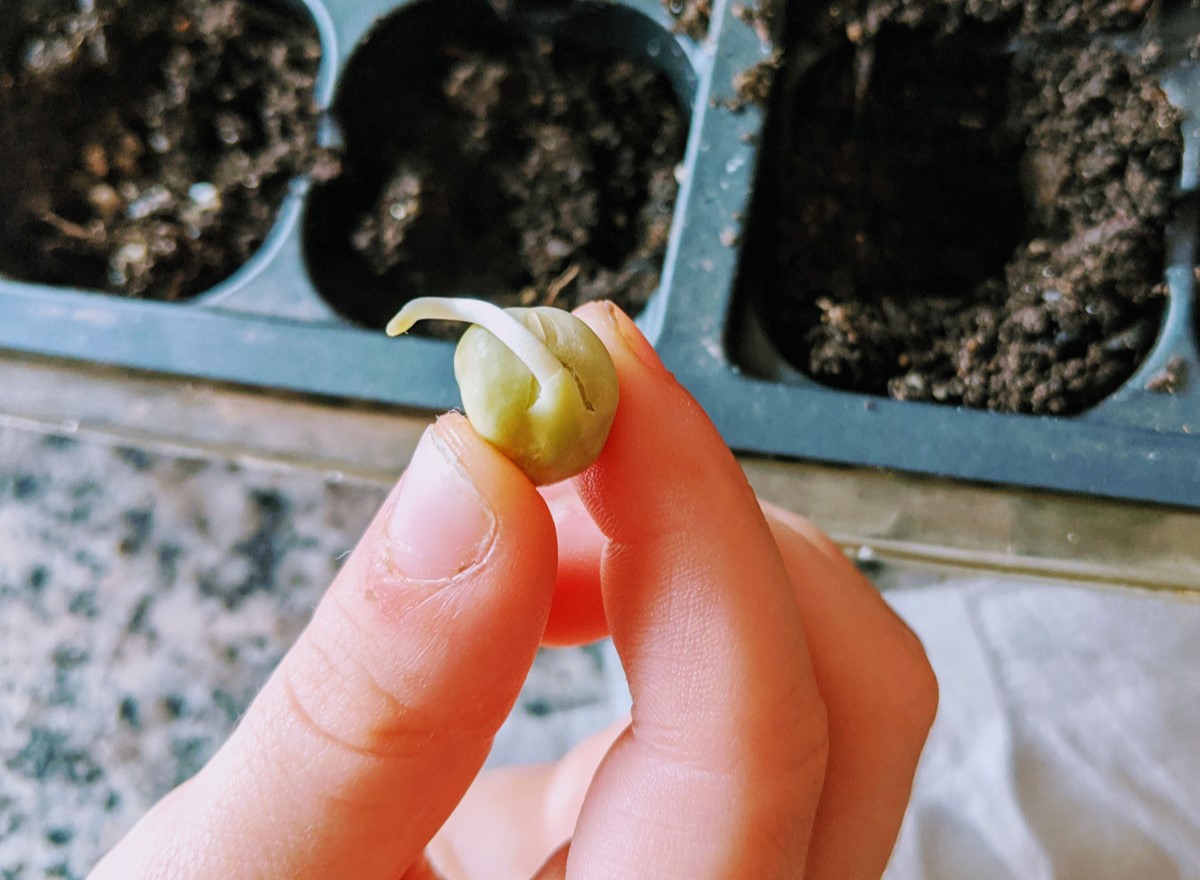
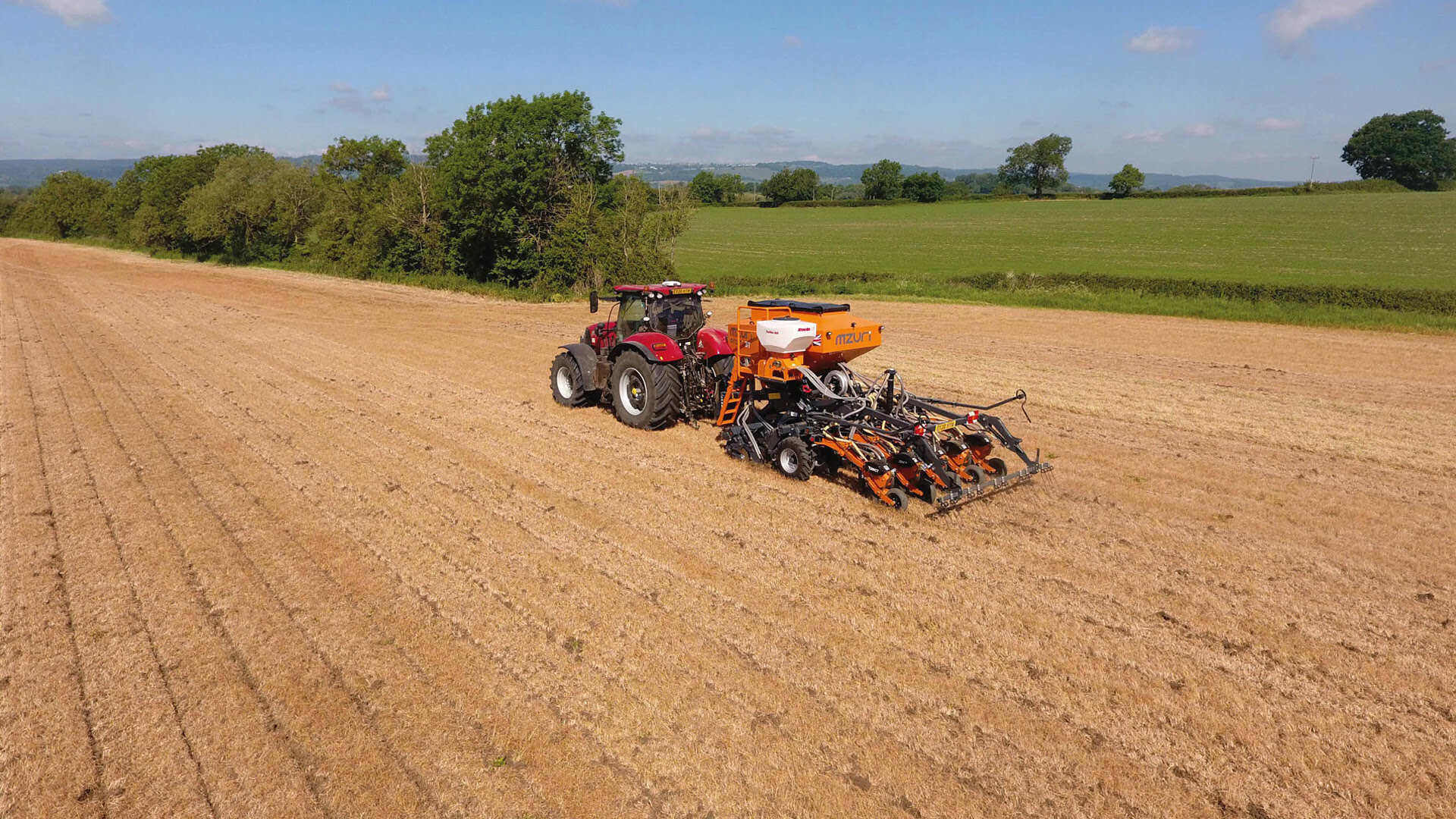
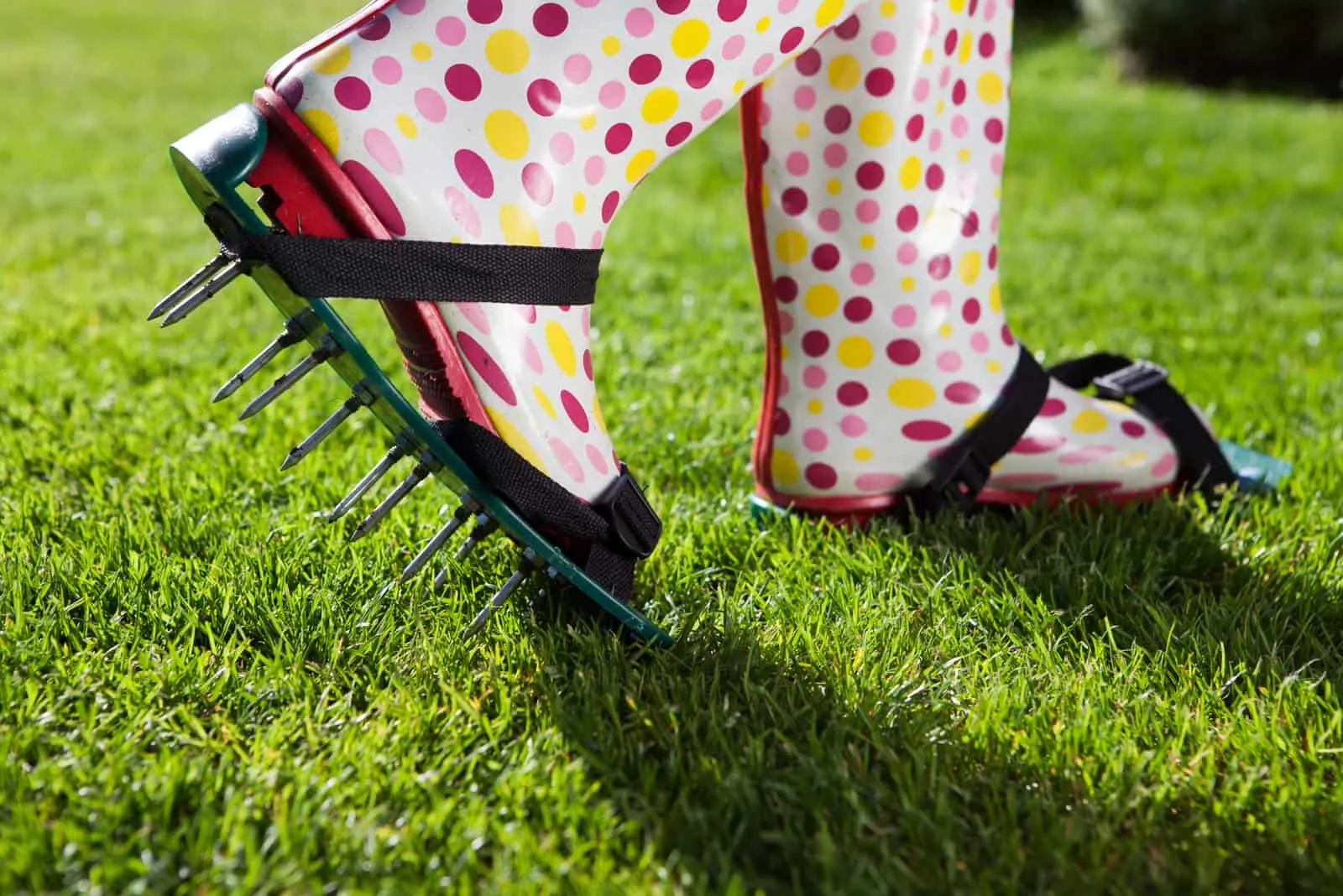

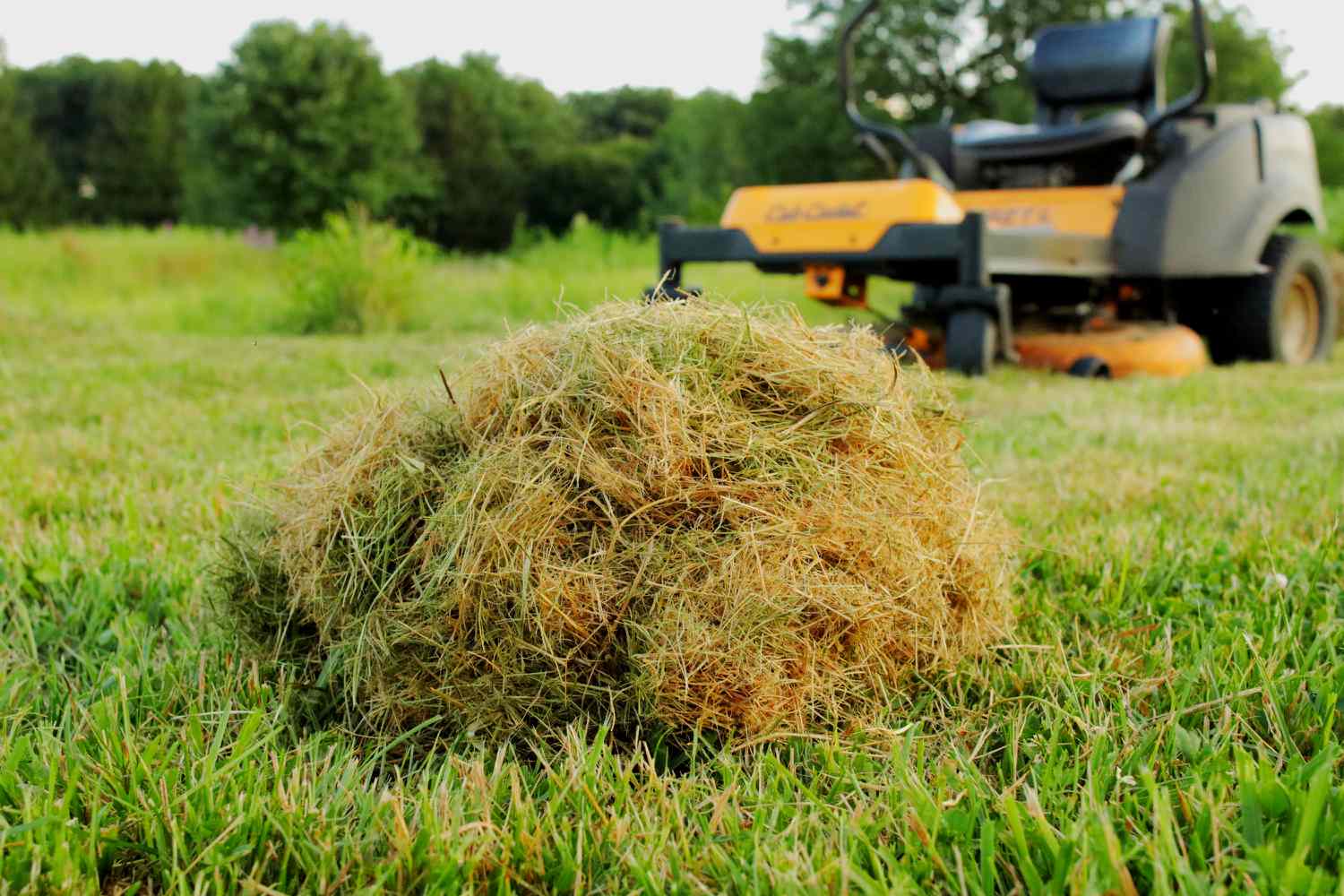
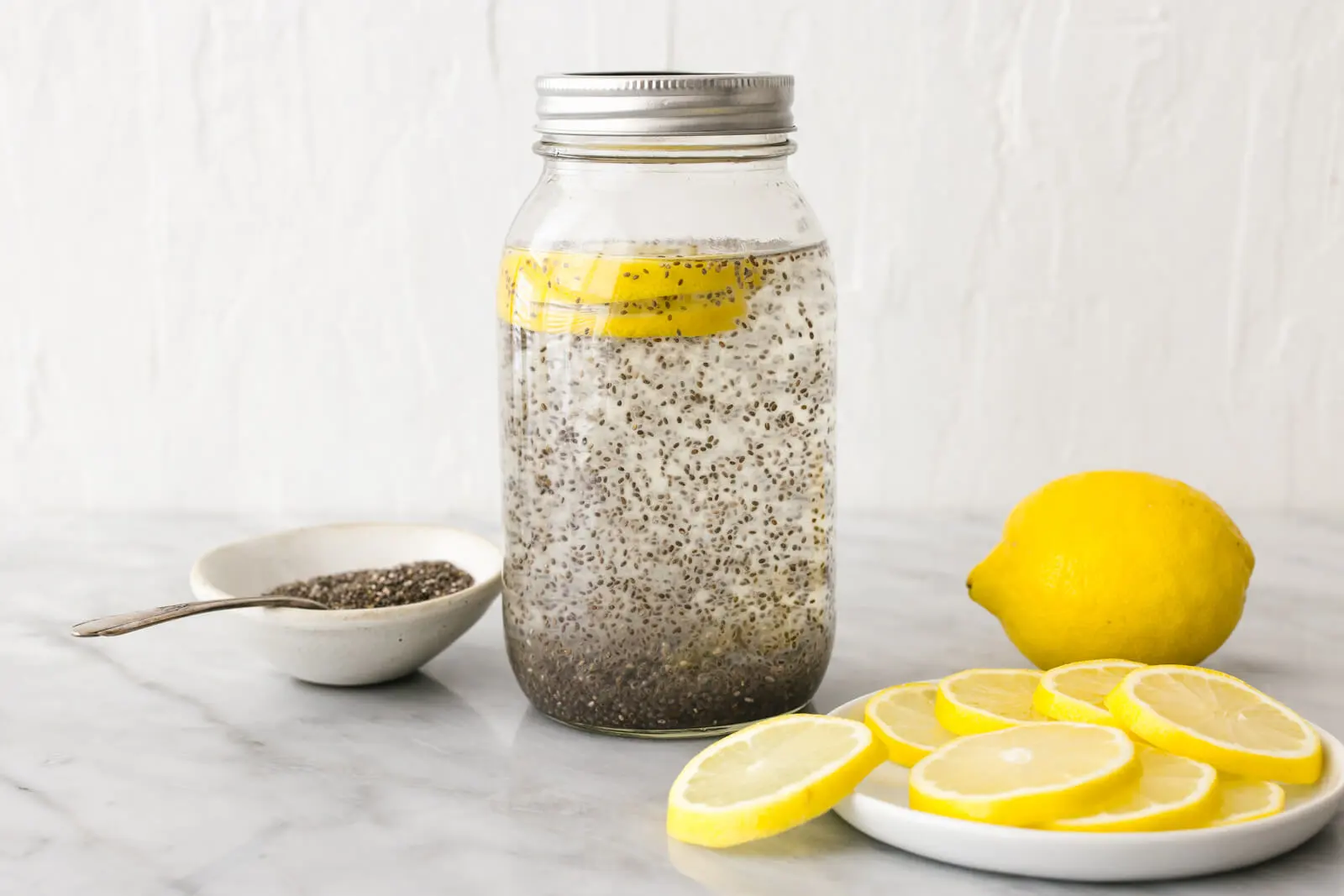
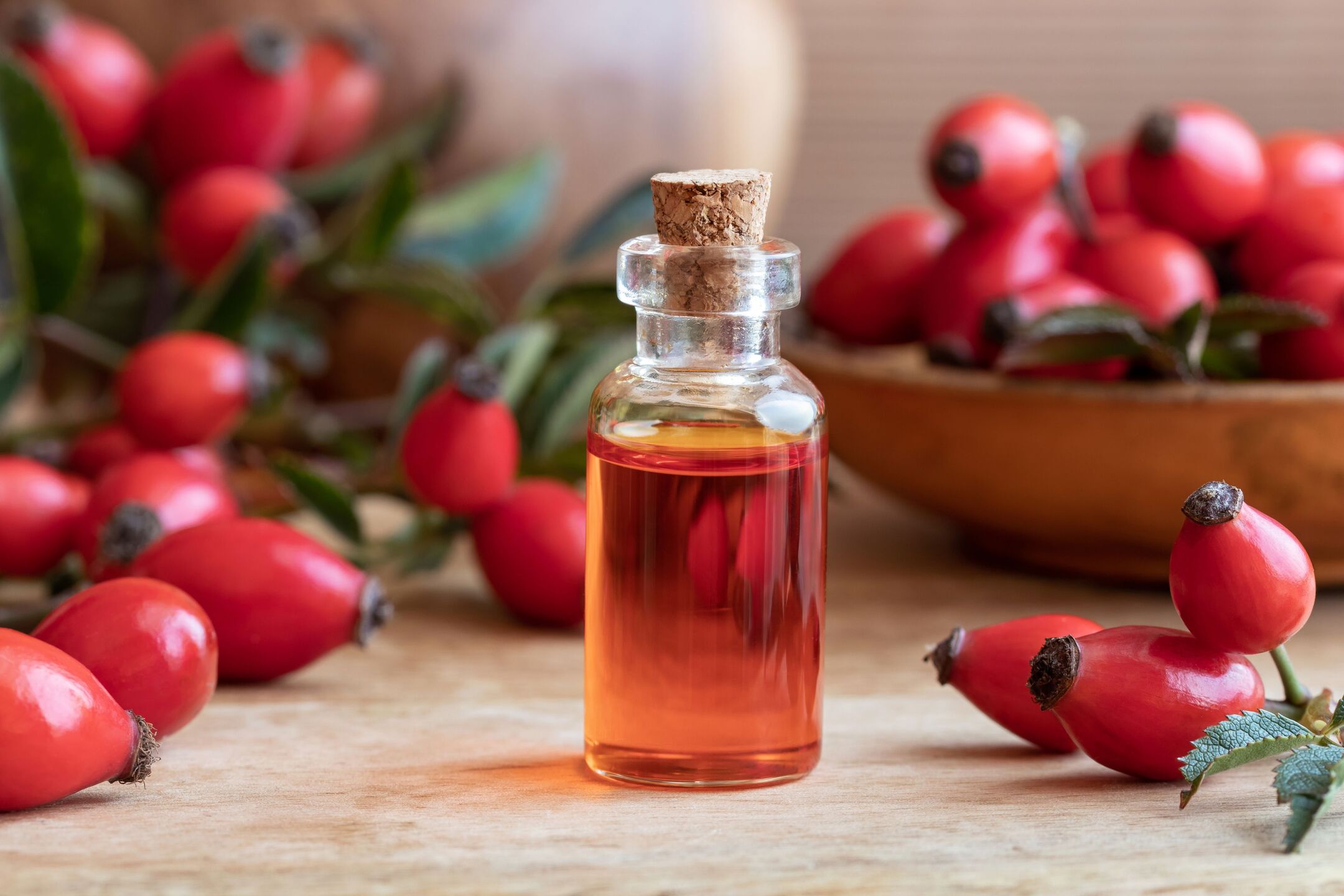

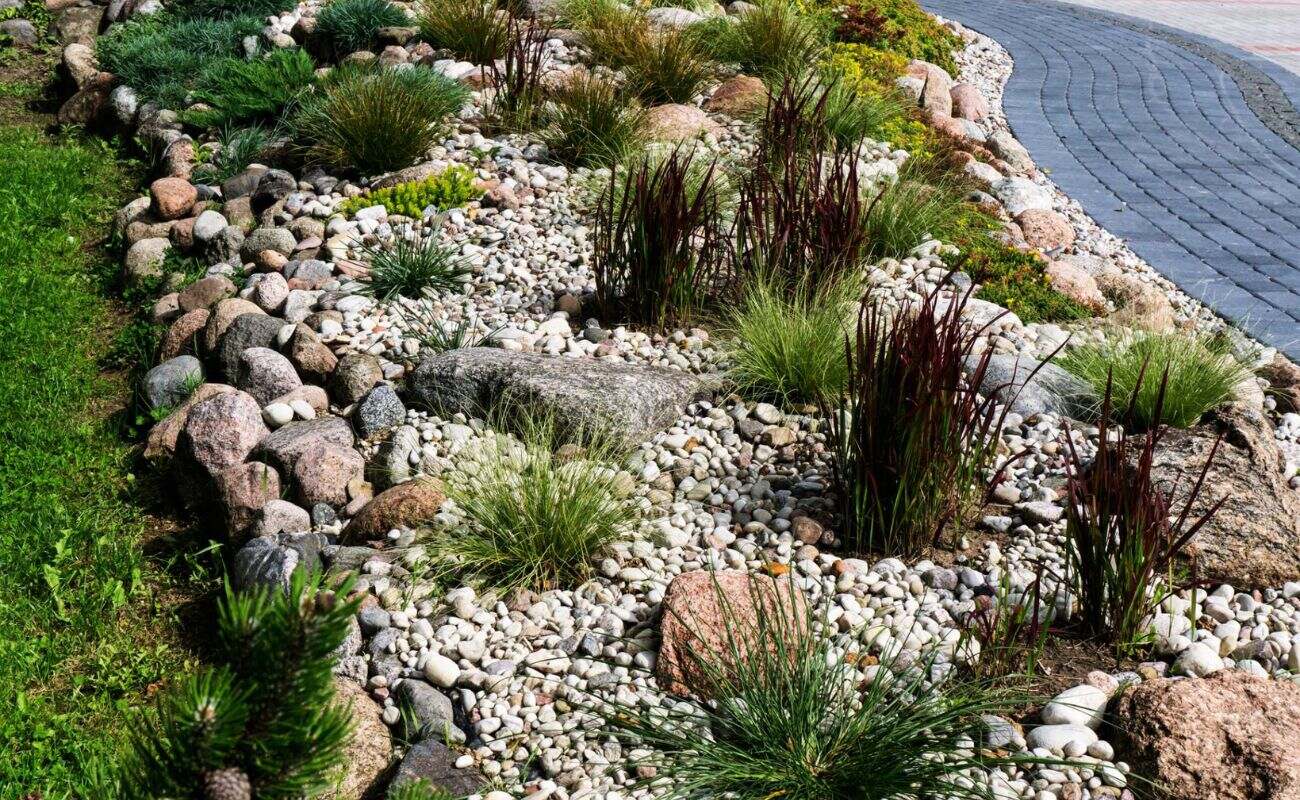
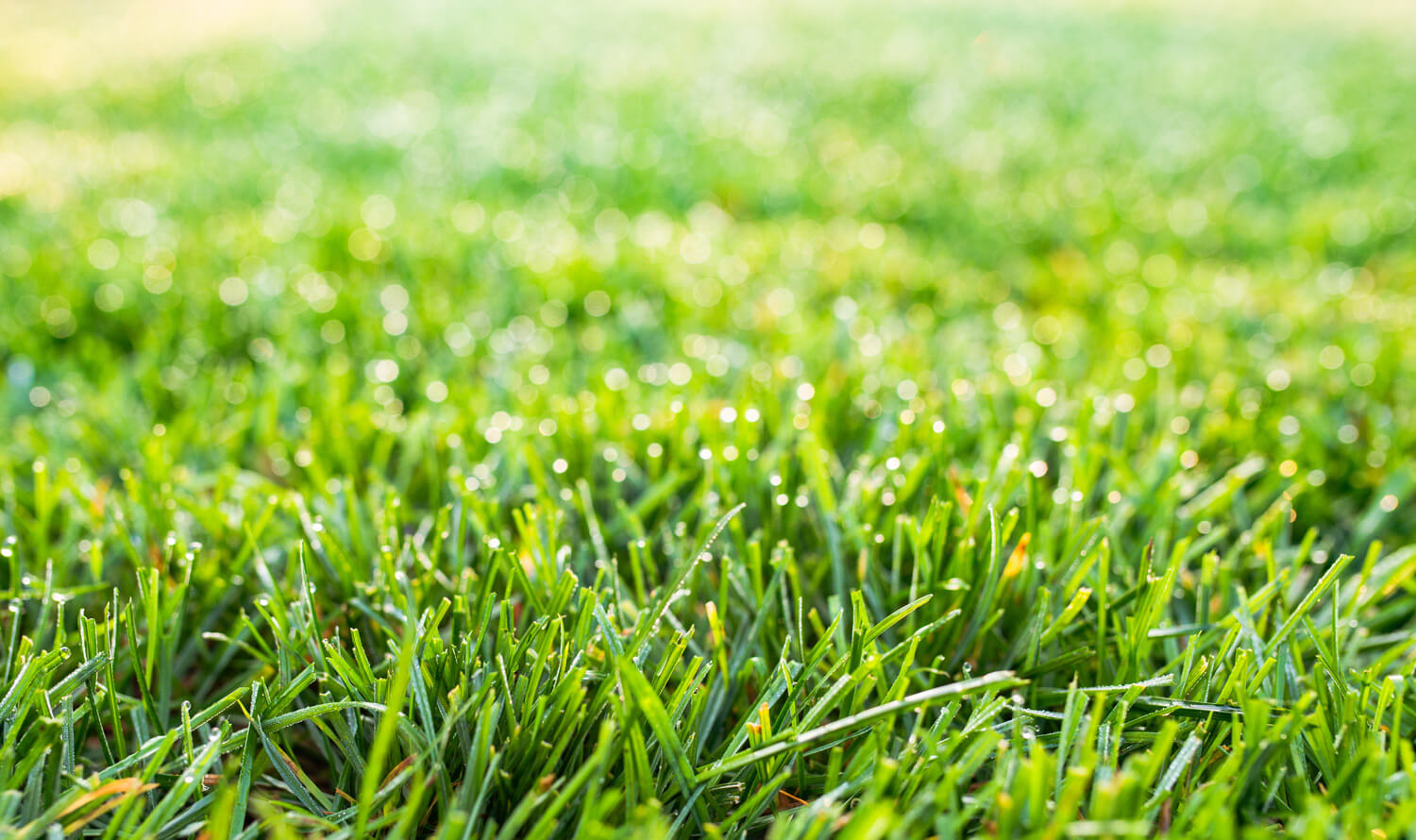
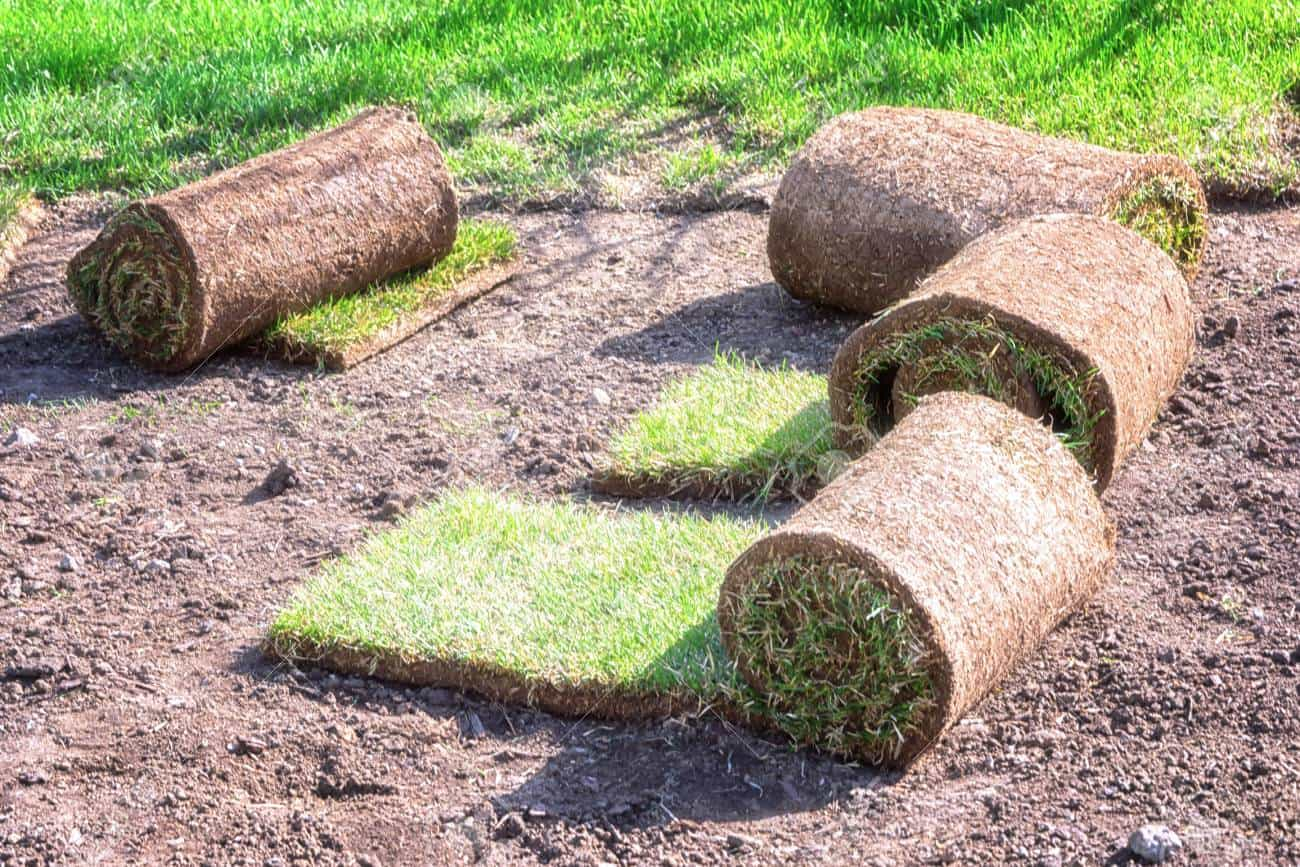
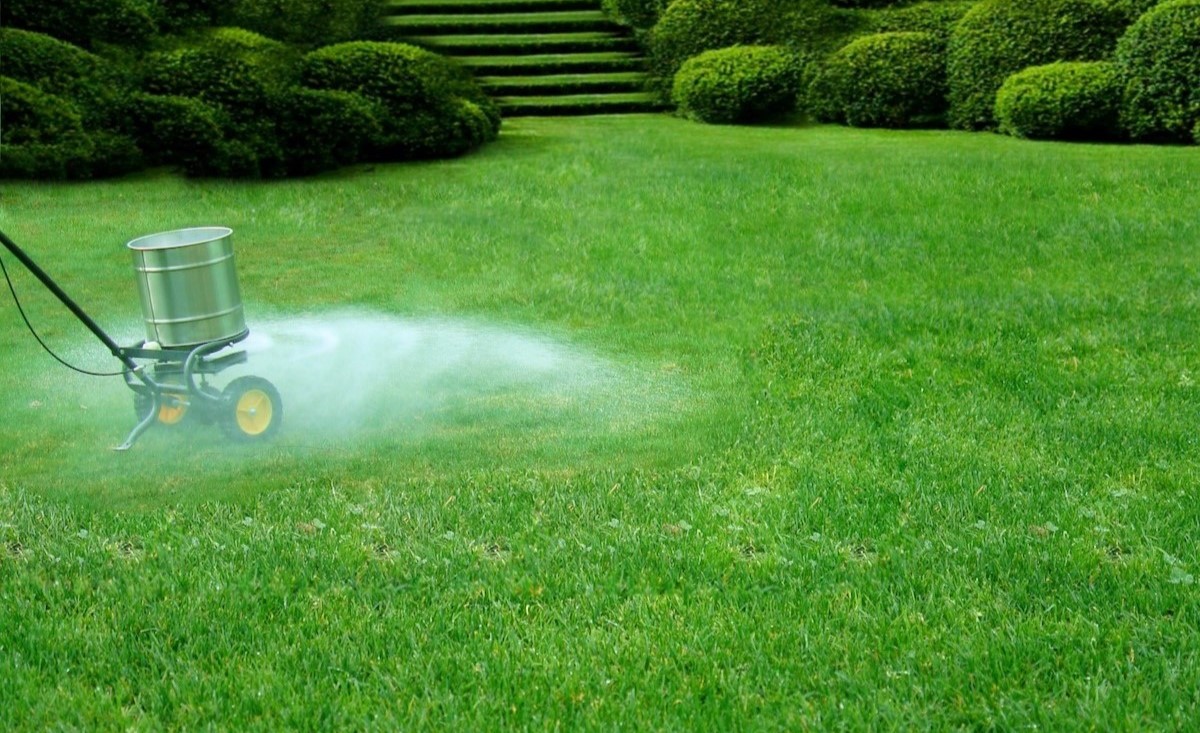
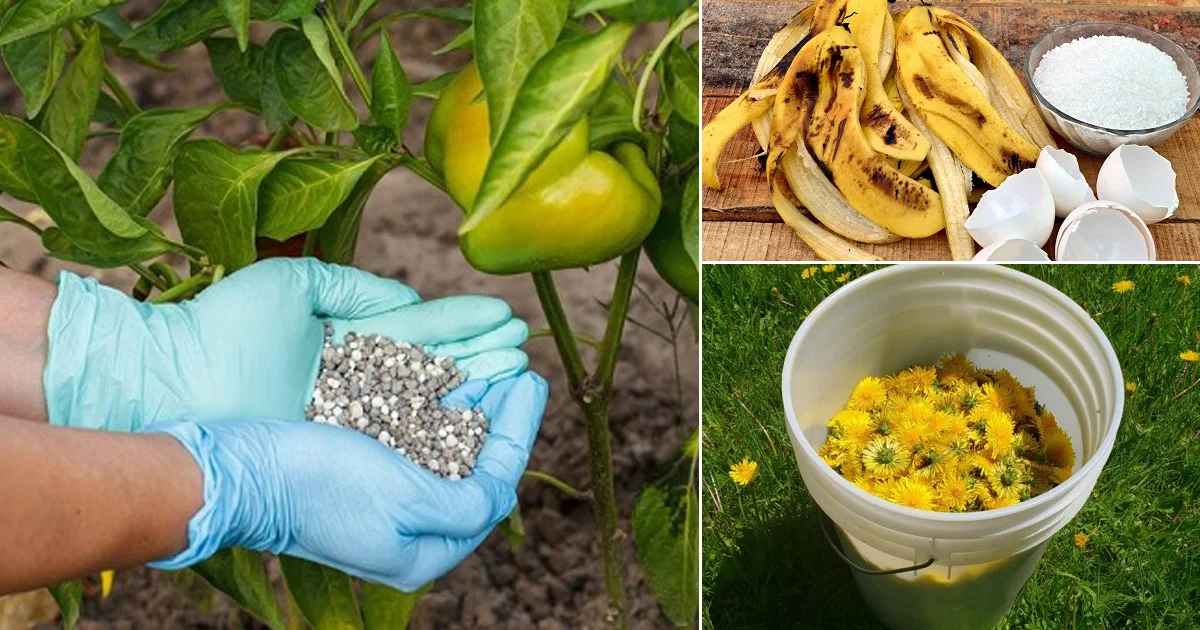

0 thoughts on “What Does Straw Do For Grass Seed”